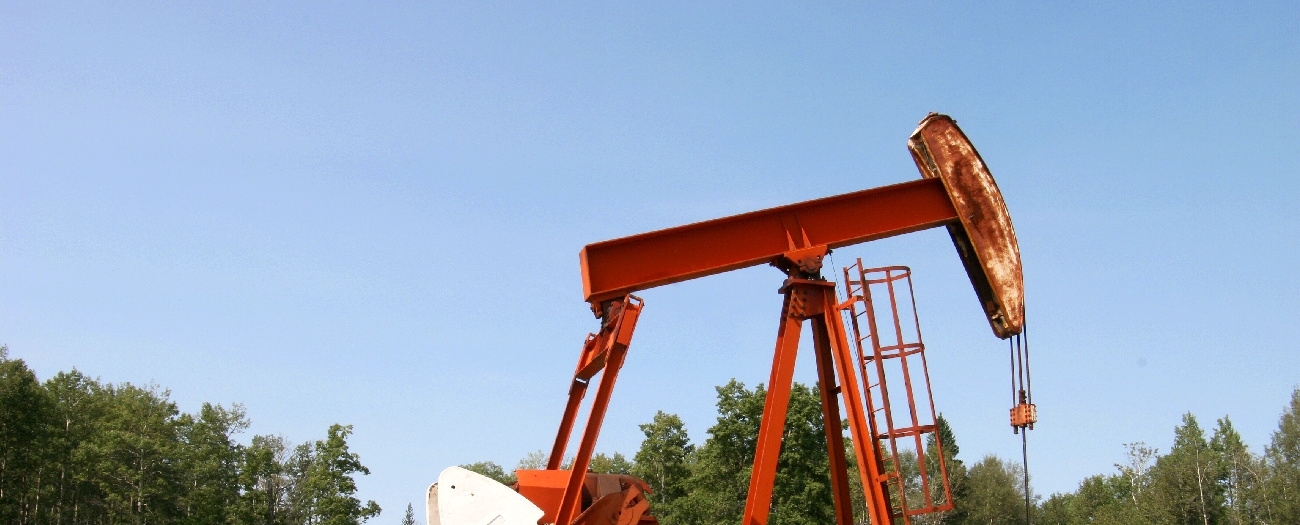Anyone who has driven through rural Alberta has seen them: old, rusty pump jacks, well heads, abandoned mines, and other energy development relics otherwise known as aging infrastructure. Some see these structures as scars on the landscape that represent neglect, while others see them as art—the ghostly figures left behind by the energy development industry.
But whether you see haunting beauty or rusting debris, aging infrastructure is a topic of concern to the AER and many others in Alberta and around the world.
David Hardie, a senior advisor who leads much of the AER’s international work in addressing issues related to inactive, aging, or vintage infrastructure and sites, sees Alberta’s aging energy development infrastructure as a significant issue we cannot ignore. The good news is that the topic has the attention of the Interstate Oil and Gas Compact Commission (IOGCC), a U.S. agency with a mission of “ensuring the country’s oil and natural gas resources are conserved and maximized while protecting health, safety, and the environment.” If that mission sounds vaguely familiar, it should because it’s very similar to the AER’s mandate.
“This issue is front and centre not only for the AER, but for oil- and gas-producing countries around the world,” says Hardie. “As the energy regulator to one of the world’s largest energy reserves and with our long history of regulation, not only do we have a lot to offer, but we also have a lot to gain.”
To Hardie, who also chairs the IOGCC’s International Committee—whose goal is to collaborate on common issues in the energy development sector; e.g., aging infrastructure— the answer is obvious: working together and sharing experiences and expertise will help us all address the issue.
Since the AER joined the IOGCC as an international affiliate in 1996, AER staff have offered up insights and ideas based on their own experiences and knowledge to those around the international table. These meetings have also given Hardie and his colleagues a different perspective on various issues, such as inactive wells, old pipelines, protecting the environment and people near aging and old facilities, and making sure infrastructure and sites are dealt with properly when operations end.
Recognizing there are other places in the world in a similar situation, Hardie started connecting with regulators in British Columbia, Saskatchewan, Pennsylvania, Texas, Colorado, and Norway through the AER’s National and International Relations Branch, whose job it is to liaise with other countries and governments. As ideas were shared, the AER and its peers started discussing methods that worked for them and ones that didn’t. What started as a head scratcher has turned into a think tank.
In part thanks to Hardie’s support and the support of his AER colleagues, the IOGCC has made aging infrastructure a key item on its agenda, meaning that every meeting includes a conversation on aging infrastructure among states, provinces, industry, elected officials, and the environmental community from around North America, including Alberta.
The reality of this issue, which Albertans rank third on their list of concerns about oil and gas development, is that for nearly a century Alberta has enjoyed a prosperous and busy energy development industry, which has benefitted Alberta’s economy, communities, job market, and institutions. But it has come at a cost. In the wake of booms and busts is a trail of infrastructure and sites left behind by companies that have failed to—for various reasons, including bankruptcy—properly decommission, remediate, and reclaim them.
This problem has taken many decades to create, so there’s no overnight fix. However, as Hardie and his peers continue to come up with solutions that work, they’re learning a lot from each other, which reduces duplication and saves everyone time and money.
Cassie Naas, Writer


